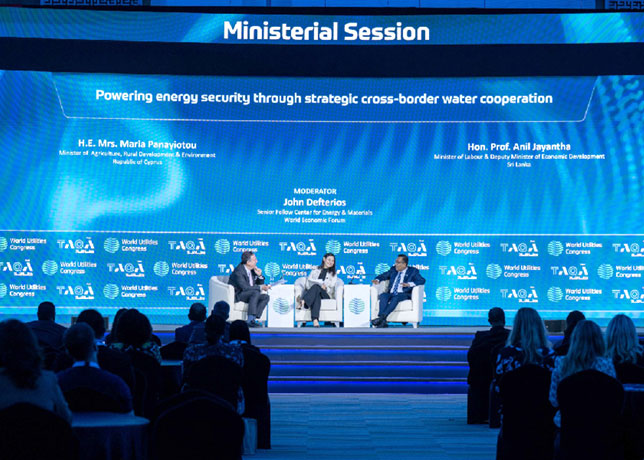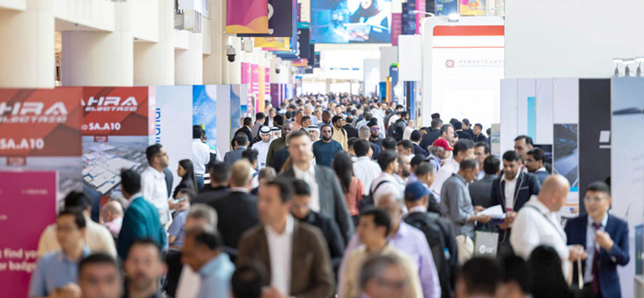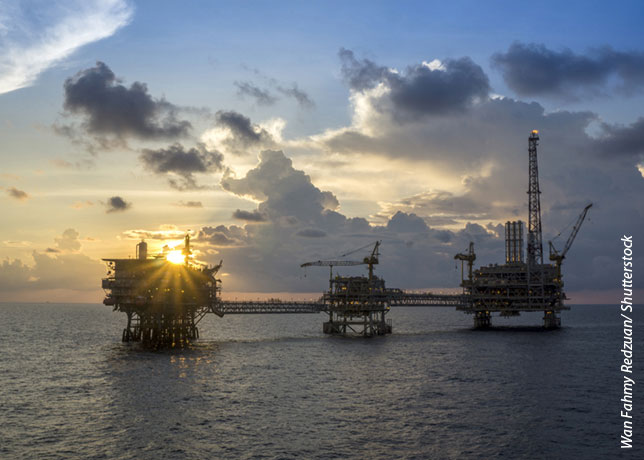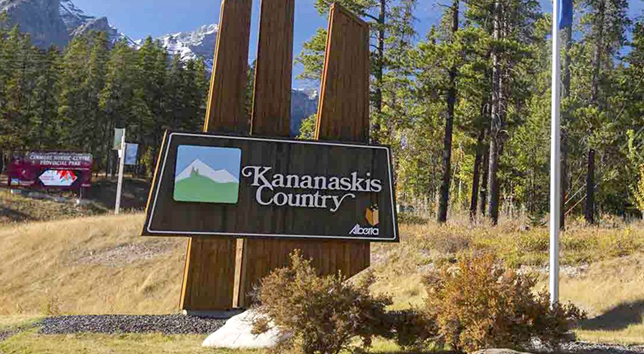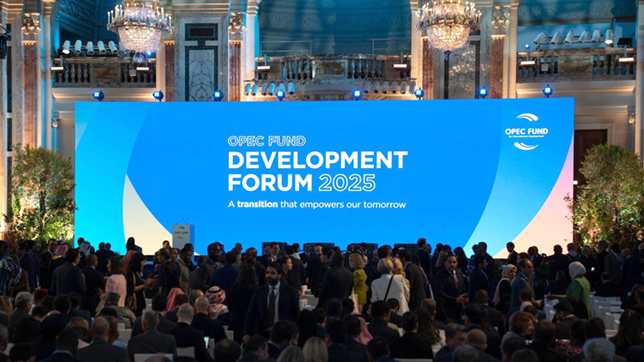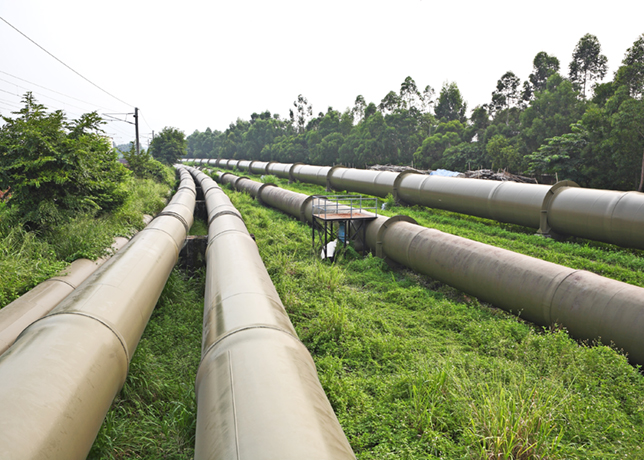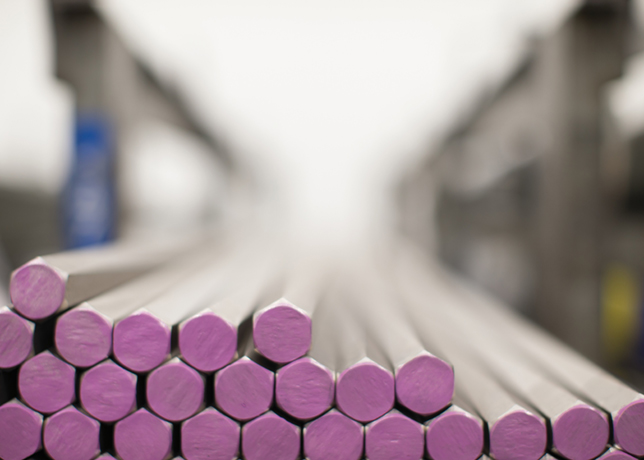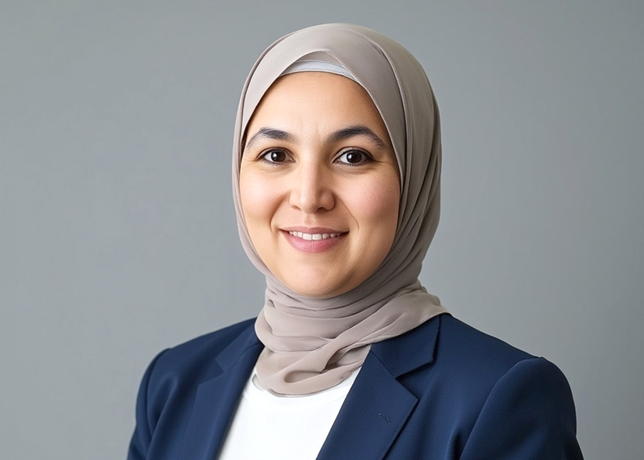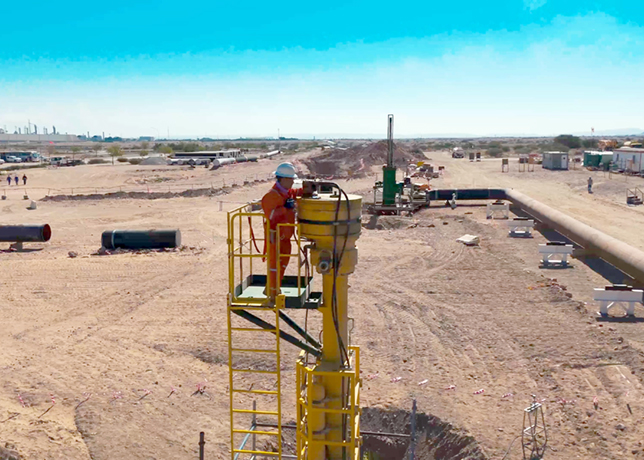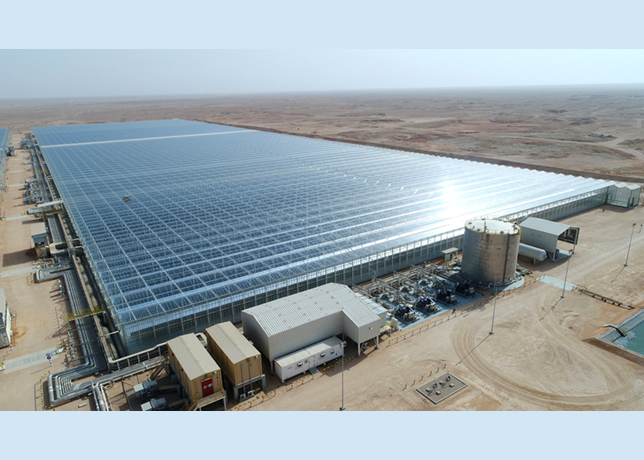

The Qatar Gas Transport Company (Nakilat) is expected to procure 50 LNG ships by 2012 with delivery slated from the third quarter of 2007 until 2012, according to Ali Al Hamadi, director of Marketing at Qatar Petroleum (QP).
The ships, a combination of QFlex with 215,000 cubic metres capacity and QMax with 265,000 cubic metres types of vessels which are 50-70 per cent larger than the existing conventional LNG vessels are intended to provide Qatar ventures a significant transportation cost advantage, says a report.
“Qatargas-II had ordered six QMax ships to be fully-owned for the first time by Nakilat. Besides, Nakilat and Qatargas-III are now negotiating for 10 additional vessels - three QFlex and seven QMax - which will also be fully-owned by Nakilat,” Al Hamadi said on the sidelines of the 2nd Middle East LNG Shipping Forum.
“We are hoping to conclude the deal shortly,” he said adding that all future ships that Nakilat would be procuring would be of QFlex and QMax type as Qatar’s LNG industry has decided to stop building smaller ships that cannot meet the requirements of the targeted markets.
Nakilat is involved in joint venture partial or 100 per cent ownership in Qatar’s LNG ships as well as in building and operating a new world class ship repair and dry dock facility in Ras Laffan and also in transporting derivatives from Qatari hydrocarbon production, including LPG, sulfur and condensate.
Al Hamadi also stated that since Qatar expects to be providing new, competitive emerging markets to the West nearly 60MMTA of LNG by 2012 there was a need to develop breakthrough innovations to advance LNG shipping from the norms that existed for many years and ensure competitive advantage.
The technical and commercial shipping teams, led by Qatargas II with the support of partners ExxonMobil, Shell and ConocoPhilips, have spearheaded these technological and commercial breakthrough.
Qatargas and RasGas both launched an aggressive expansion strategies intended at producing approximately 77MMTA of LNG and to participate in every major LNG market by 2012. Al Hamadi said the other significant technical breakthrough was the full-scale application of onboard LNG reliquefaction.
“This development allowed our vessels to utilise more efficient slow speed diesel engines for propulsion. The boil-off-gas, typically used to fire on-board boilers, will now be preserved as high-value cargo,” he said.
On the commercial side, he said, the objective was to centralise Qatar ship acquisition activity under a single integrated team, the Qatar Ship Acquisition Team (QSAT).
“This we felt was necessary to minimize confusion among ship owners and shipyards, and to capitalise on the economies of scale associated with large scale vessel procurement.”
With rising ship building costs and shipbuilding slot limitations that could impact the planned LNG train start-up, QSAT secured sufficient vessel slots through 2012 with Korean shipyards Daewoo Shipbuilding and Marine Engineering, Hyundai Heavy Industries and Samsung Heavy Industries.
“We went and negotiated slots for over 50 ships for all our requirements. Now we are enjoying the benefits. Our prices are lower than the market and our ships are guaranteed to meet our targets. The technology that we applied will reduce by 30-40 per cent of the transportation costs,” Al Hamadi added.










